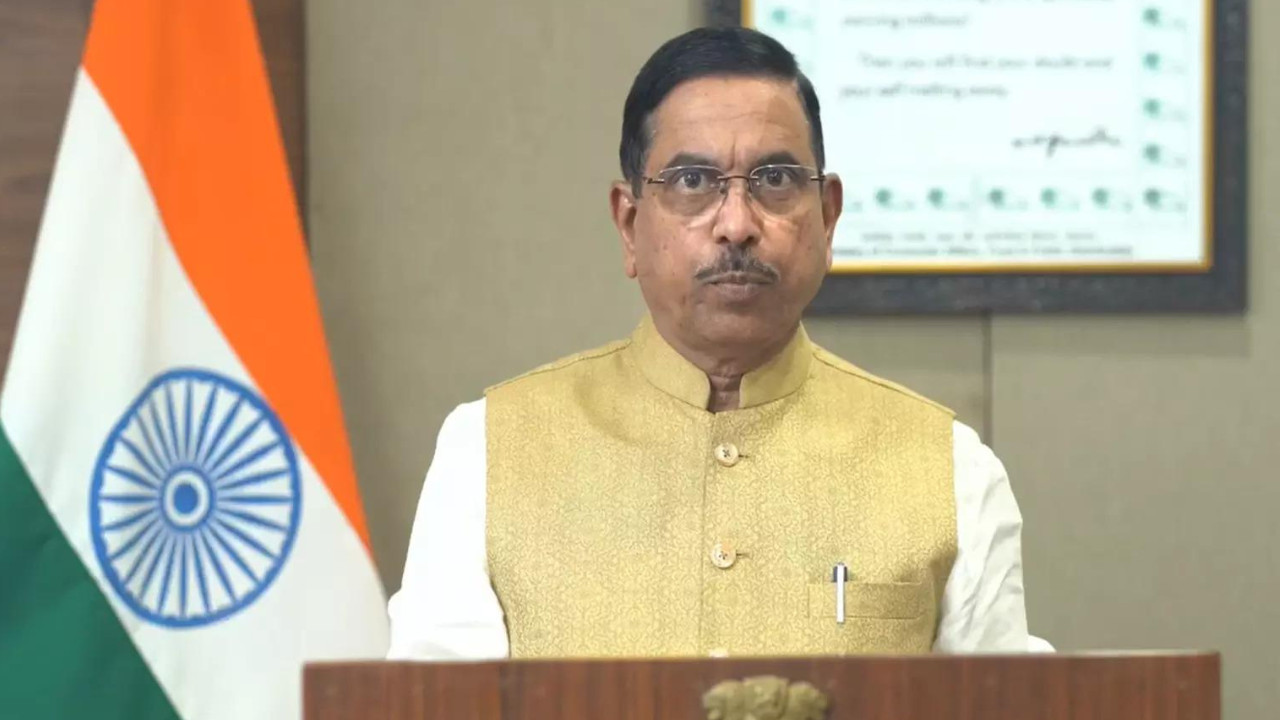ICICI Bank reports that the Reserve Bank of India might cut policy rates due to weak urban consumption and uncertain global demand. Easing inflation could prompt a 25 basis point rate cut as early as August. The RBI’s neutral stance and data-dependent approach, combined with recent economic signals, create room for monetary easing.
Will Cheaper Loans Soon Be Reality? All Eyes on the RBI
The economic winds in India are shifting, and whispers of a potential interest rate cut by the Reserve Bank of India (RBI) are growing louder. But what’s driving this buzz, and what could it mean for your wallet?
For months, India has navigated a complex economic landscape. We’ve seen inflation, that pesky rise in the cost of goods and services, begin to cool down from its feverish peak. Simultaneously, while the Indian economy remains robust, there are indications that demand – the engine that drives much of that growth – might be softening.
This delicate balance is where the RBI comes in. As the central bank, its primary responsibility is to maintain price stability (keeping inflation in check) and support economic growth. To achieve this, the RBI uses various tools, including adjusting the benchmark interest rate, the rate at which it lends money to commercial banks.
Weaker Demand: The Key to Potential RBI Action?
The narrative suggesting a rate cut hinges significantly on observations about weakening demand. Think of it like this: If people aren’t buying as much, businesses might struggle to grow, potentially leading to slower overall economic activity.
Several factors could be contributing to this. High interest rates, a tool previously used to combat inflation, can make borrowing more expensive for businesses and consumers alike. This naturally dampens spending and investment. Global economic uncertainties also play a part, as they can impact export demand and investor sentiment.
<img src="image-of-RBI-building.jpg" alt="A towering image of the Reserve Bank of India building, symbolizing the crucial decisions around interest rate cuts.”/>
Inflation Easing Provides Room for Maneuver
Fortunately, there’s good news on the inflation front. After a period of elevated prices, inflation has shown signs of moderation. This easing gives the RBI some breathing room. With inflation under control (or at least moving in the right direction), the bank can consider supporting growth by lowering interest rates without the immediate fear of triggering a fresh inflationary surge.
ICICI Bank, a prominent player in India’s financial sector, recently suggested that the RBI might consider a rate cut of around 25 basis points (0.25 percentage points) in the near future. Such a move would likely ripple through the economy, making loans cheaper for individuals and businesses.
What Would a Rate Cut Mean for You?
The impact of an RBI interest rate cut would be felt across various sectors and by individuals in different ways.
* Lower EMIs: Home loans, car loans, and personal loans could become more affordable, easing the burden on borrowers.
* Increased Business Investment: Cheaper credit could encourage businesses to invest in expansion, innovation, and job creation.
* Boost to Consumption: With more disposable income (thanks to lower loan repayments), consumers might be inclined to spend more, further fueling economic growth.
* Impact on Savings: Lower interest rates can also mean lower returns on fixed deposits and other savings instruments.
However, it’s crucial to remember that a rate cut is not a magic bullet. Its effectiveness depends on various factors, including how quickly banks pass on the rate cut to borrowers and the overall economic environment. A detailed understanding of India’s bond yield is important in a stable and growing economy.
The Road Ahead: Monitoring Key Economic Indicators
The RBI’s decision on interest rates will be heavily influenced by upcoming economic data releases. Key indicators to watch include:
* Inflation Data: Continued moderation in inflation will strengthen the case for a rate cut.
* GDP Growth: Strong GDP growth might give the RBI pause, while weaker growth could prompt action.
* Industrial Production: An increase in industrial production would signal healthy demand, while a decline could indicate the need for stimulus.
* Global Economic Developments: Global economic risks and uncertainties will also factor into the RBI’s calculus.
Balancing Growth and Stability: A Delicate Act
Navigating the current economic landscape requires a delicate balancing act. The RBI must weigh the need to support growth against the imperative of maintaining price stability. A premature rate cut could reignite inflationary pressures, while holding rates too high for too long could stifle economic activity.
Ultimately, the RBI’s decision will be data-driven and carefully considered. While the possibility of an interest rate cut is certainly on the table, it is by no means a foregone conclusion. Keep an eye on those economic indicators, and we’ll continue to dissect the data as it emerges.







